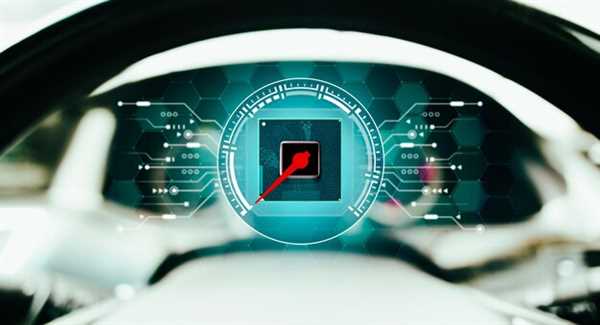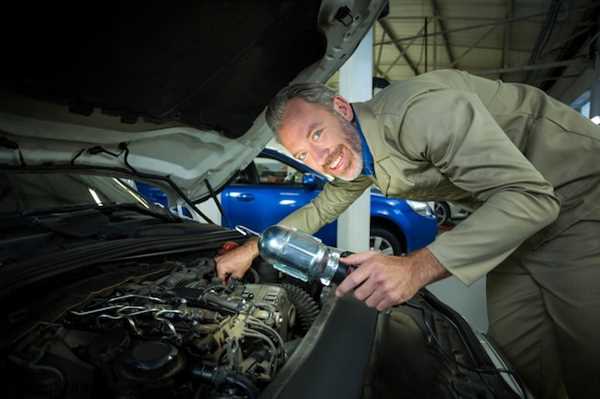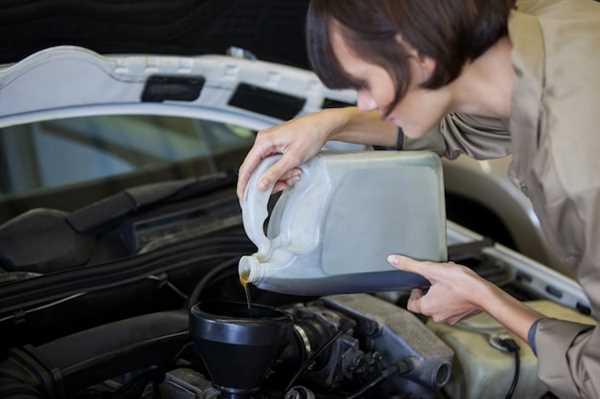

Invest in state-of-the-art monitoring devices for your automobile to significantly elevate its road dynamics and fuel usage. These devices, embedded throughout the vehicle, have the potential to drastically improve driving conditions by collecting real-time data on various parameters. From tire pressure statistics to engine temperature readings, accurate insights enable drivers to make informed decisions, promoting longevity and reliability.
Implementing these mechanisms ensures longevity of components while optimizing fuel consumption. For instance, systems using environmental data can adapt throttle control based on user behavior, ultimately translating to measurable savings at the pump. Checking for up-to-date systems can provide significant advantages, boosting the responsiveness and reliability of your ride.
Moreover, integrating monitoring tools with mobile applications facilitates instant access to performance metrics, allowing adjustments on the fly. By staying ahead with this technology, vehicle owners can enhance their driving experience while reducing environmental impact, leading to both savings and sustainability.
How Advanced Sensors Improve Fuel Management in Vehicles
Integrating state-of-the-art technology directs optimal fuel consumption in automobiles. By employing precise measurement devices, vehicles can dynamically adapt fuel delivery based on real-time demands.
One significant advancement involves oxygen sensors, which monitor the mix of air and fuel entering the combustion chamber. These components facilitate adjustments, ensuring the engine operates close to its ideal air-fuel ratio. This not only maximizes combustion efficiency but also minimizes harmful emissions.
Another critical element is the implementation of mass air flow (MAF) sensors. These instruments gauge the quantity of air entering the engine, relaying information to the engine control unit (ECU) for fine-tuning fuel injection levels. Enhanced fuel atomization occurs, which leads to lower fuel consumption while maintaining power.
Utilizing fuel pressure sensors allows for monitoring the fuel system’s performance. This technology ensures that fuel pressure remains stable under various conditions, preventing possible engine stalling or misfires. Consequently, a seamless flow of energy promotes both efficiency and responsiveness when accelerating.
Moreover, the integration of throttle position sensors enables vehicles to adjust fuel delivery based on driver inputs accurately, providing a more responsive driving experience while optimizing fuel usage. This results in decreased fuel waste during acceleration and cruising.
Employing adaptive fuel management systems, leveraging the data collected from these instruments, leads to significant reductions in fuel expenditures. By continuously analyzing driving patterns, these systems tailor fuel strategies to suit individual driving habits.
Ultimately, enhancing fuel management through innovative measurement technologies not only contributes to decreased operating costs but also supports environmental sustainability by reducing emissions. Investing in such advancements ensures a more economical and cleaner driving experience.
Impact of Real-Time Monitoring on Maintenance and Durability
Integrating real-time monitoring tools is critical for optimizing upkeep and lifespan. Continuous data collection allows for immediate detection of anomalies, reducing the likelihood of unforeseen breakdowns. For instance, systems that relay engine temperature and pressure can identify issues before they escalate, enabling timely interventions.
Regular analysis of real-time metrics helps in predicting component wear, facilitating proactive replacements rather than reactive repairs. For example, tracking brake pad wear through embedded technology aids in scheduling timely replacements, thereby enhancing safety without compromising performance.
Additionally, real-time feedback allows for fine-tuning operational parameters. By adjusting settings based on live data, owners can achieve greater fuel economy and lower emissions, optimizing operational costs. For instance, monitoring tire pressure can improve fuel consumption by 3%, which significantly impacts long-term savings.
Investing in such monitoring systems not only protects against systemic failures but also contributes to better resale value through documented maintenance history. Comprehensive data records reassured potential buyers about the mechanical integrity, ultimately influencing sale price. In summary, real-time tech significantly bolsters both maintenance strategies and the durability of vehicle components.
Integrating Sensor Data for Optimal Driving Experience

Utilize advanced technology to merge data from various detection devices for a superior driving encounter. This integration allows for real-time feedback on vehicle dynamics, enhancing stability and responsiveness.
Leverage information from radar and cameras to improve collision prevention systems. These components work together, interpreting the surroundings to adjust speed and direction proactively.
Implement feedback mechanisms that assess tire pressure, engine performance, and fuel efficiency, promoting proactive maintenance and reducing operational costs.
Use connectivity features to share data with cloud services, enabling predictive analytics for traffic patterns and optimizing route planning, resulting in time savings and reduced fuel consumption.
Adopt machine learning algorithms that analyze driver behavior, providing personalized suggestions for smoother acceleration or sharper braking, enhancing safety and comfort during commutes.
The integration of sensor data paves the way for an unparalleled driving experience, where technology transforms routine travel into a seamless endeavor.




